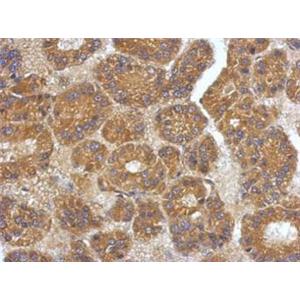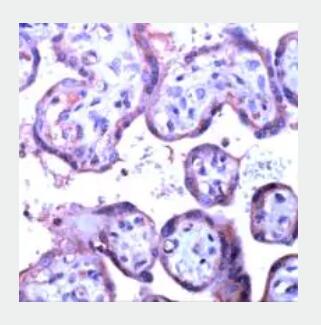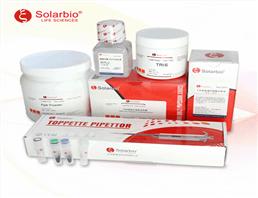网站主页
化工产品目录
生物化工
抗体
其他类别一抗
Angiogenesis
ANTI-VEGF-C POLYCLONAL ANTIBODY
ANTI-VEGF-C POLYCLONAL ANTIBODY
ANTI-VEGF-C POLYCLONAL ANTIBODY
Anti-VEGF-C Polyclonal Antibody
询价
50ul
起订
上海 更新日期:2025-02-18
产品详情:
- 中文名称:
- ANTI-VEGF-C POLYCLONAL ANTIBODY
- 英文名称:
- Anti-VEGF-C Polyclonal Antibody
- 产品类别:
- 抗体
公司简介
R2D上海水熊生物科技有限公司是一家致力于分子生物学领域的研发型高新技术企业,主要从事生物试剂的研发与生产,为全球科研院所、高等院校、企业用户提供创新型生物产品。
产品线主要包括分子生物学通用型生物试剂、生命科学技术服务/咨询/支持、生化实验室设备耗材定置化产品。
| 成立日期 | (9年) |
| 注册资本 | 200.000000万人民币 |
| 员工人数 | 10-50人 |
| 年营业额 | ¥ 100万以内 |
| 经营模式 | 试剂,定制,服务 |
| 主营行业 | 生化试剂,抗体,蛋白组学,免疫安全 |
ANTI-VEGF-C POLYCLONAL ANTIBODY相关厂家报价 更多
-
- Anti-VEGF-C Polyclonal Antibody
- 北京索莱宝科技有限公司 VIP
- 2025-02-18
- ¥1600.00
-

- Anti-VEGF-C Polyclonal Antibody
- 上海群己生物科技有限公司
- 2025-02-18
- 询价
-
- Anti-VEGFC Polyclonal Antibody
- 北京索莱宝科技有限公司 VIP
- 2025-02-18
- ¥1600.00
-
- Anti-VEGFC Polyclonal Antibody
- 北京索莱宝科技有限公司 VIP
- 2025-02-18
- ¥1600.00



